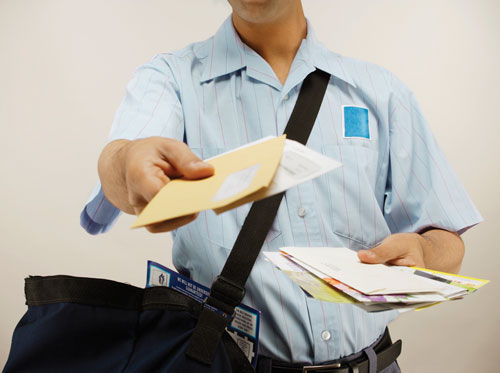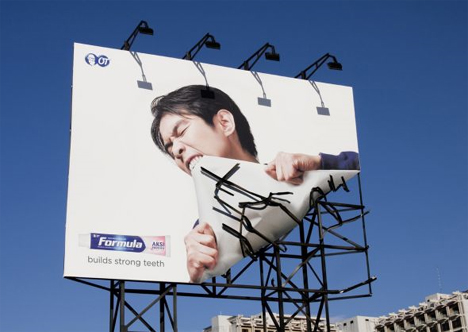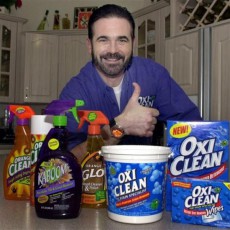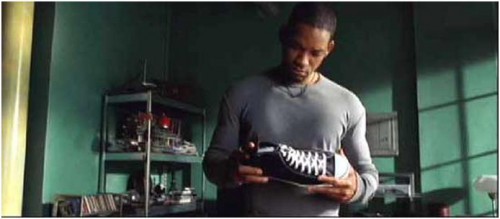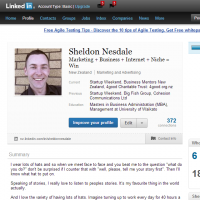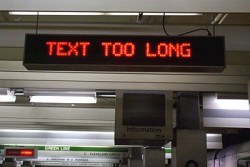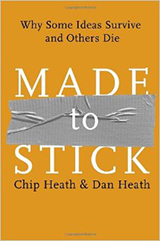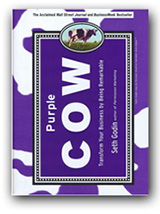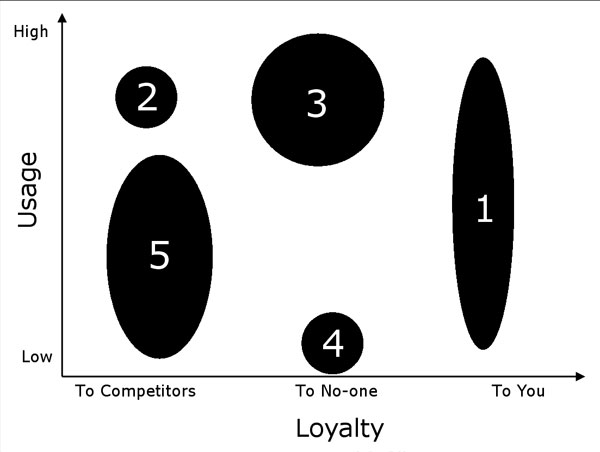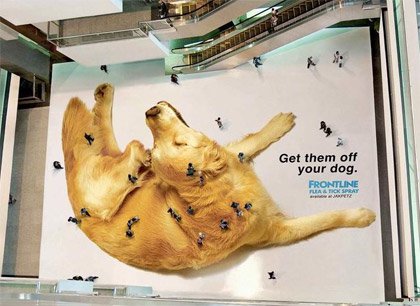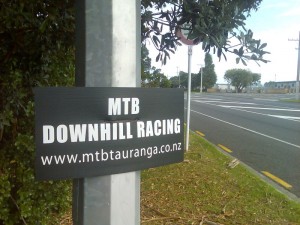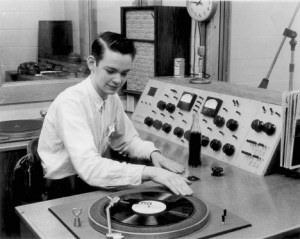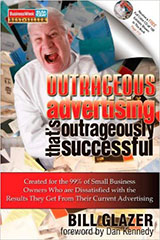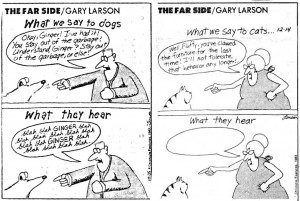 For about a week I have noticed an extremely squeaky rear electric window in my car. It is like 5 teenagers scratching on a chalk board – a really horrendous sound.
For about a week I have noticed an extremely squeaky rear electric window in my car. It is like 5 teenagers scratching on a chalk board – a really horrendous sound.
I hadn’t thought too deeply about what I should do about it when I heard a radio ad this afternoon “Free electric window lube at Anything Auto Electrical, 32 Waihi Road”.
Just what I wanted! To get the squeak fixed and it’s for free!
I pulled over, and whipped out my new iPhone and found their contact details on yellowpages.co.nz. I called the number and Greg the manager answered. I said “I just heard your radio ad for a free lube, I’ll be there in 10 mins, ok?” “Sure!” said Greg.
I love to talk to small business owners about their marketing, and that’s exactly what I did with Greg as he worked on my windows.
What Greg Reminded Me About The Yellow Pages
And even though I don’t think much of the Yellow Pages, Greg made me remember that for some industries it is essential and can be effective.
For his Yellow Pages online listing, the “Bronze” level was enough to get him ahead of all the auto-electricians in the area for an extra $20/month. (I guess Yellow Pages hope that to get ahead of him, a competitor will go for the Silver level?).
Greg liked the Yellow Pages statistics he is provided with every month of the people who “click-to-reveal” his phone number. He monitors his phone call stats and tells me a very high percentage of those that click, go ahead and make the phone call.
How Greg Can Get Maximum Mileage Out of His Free Lube Offer
Greg tells me that the idea behind the “free lube for electric windows” offer was to get people in so they find out a bit about the kind of services they offer, where they are, and take a business card away with them so the next time they have an auto-electrical problem, they know who to call.
Finally I had a useful piece of advice for Greg (have you noticed that so far in this article, he has been teaching me?)
I suggested that Greg starts taking an email address and that the admin/receptionist sends out a short “thank you” email later today or tomorrow which has the following components:
- Thanks: eg “Thanks for coming in for a free electric window lube today, we think it is important to help you to prolong the life of your window motor and switches”
- Provide a list of 5 most common symptoms that would indicate an electrical problem “if you notice any of those changes/noises, bring your car in and we’ll do a no-obligation diagnostic for you”
Greg explained to me that he hasn’t bothered creating an emailing list in the past because auto-electrical work happens when something breaks, and whereas mechanics can send out 6 monthly reminders for oil changes and WOF’s, there is very little you can do in terms of preventative maintenance when it comes to auto-electrics.
I suggested, that now that he has the customers permission to email then, that he schedule an email for 3 or 4 or 6 months from now anyway. The content of that email could simply repeat the list of “5 most common symptoms” or provide a new list, or helpful article, or free advice.
It’s an opportunity to get his brand name in-front of that customer again, and is sure to increase the chances of that customer choosing Greg if something happens to their car around that time that they receive that email.
How Greg Depends Heavily On Online Directory Websites
Even though I am a Marketing generalist and profess to be a “Marketing Consultant” or “Marketing Advisor” I must confess that I don’t do much of that kind of work for clients. Most of the time a client doesn’t even know they need help with their marketing, they just know they need a website. So that’s what I build for them – a website. Luckily for them all my marketing knowledge goes into that process for free!
Anyway, Greg told me his website lists products but doesn’t have ecommerce.
That is perfectly fine in my opinion.
Sometimes it is right to show samples of your product range, indications of pricing, and then drive people to the phone so you can help them in greater depth, provide them with a more accurate diagnosis of their problem, and propose the appropriate solution.
You don’t get that with an ecommerce website – most ecommerce websites are just about the lowest price. It’s no fun discounting all the time just to give yourself the chance of making a sale.
Since getting back to the office, I have tried to find Greg’s website, but I have failed.
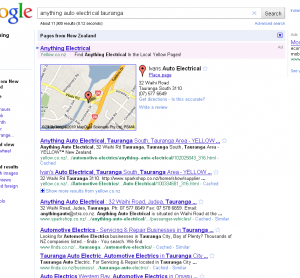 I searched for “Anything Auto Electrical Tauranga” but the search engine results pages are dominated by directory listings of his business (Yellow, iLook, UBD, Finda etc), so there is no problem finding his contact details, location and phone number, but it concerns me that his “official” website is nowhere to be seen.
I searched for “Anything Auto Electrical Tauranga” but the search engine results pages are dominated by directory listings of his business (Yellow, iLook, UBD, Finda etc), so there is no problem finding his contact details, location and phone number, but it concerns me that his “official” website is nowhere to be seen.
To me, this is a reminder that every business should have a website even if it is a single page with only your contact details and a summary of how you can help customers.
Did you know it is very very easy to rank at the top of search engine results for your brand name?
Why send everyone who searches for you to those directory websites? Do you see there is more risk of them finding one of your competitors while they are there?
If your official website is the first, that risk is removed and you have control over what they read (whereas online directories control how your info is presented).
Can I Help You?
I’d love to chat with you to find out about your business and I might have an idea or two for you to improve. But to be honest, mostly I’ll be listening to what I can learn from you 🙂
If you’d like some free advice about your marketing and advertising, give me a call (07) 575 8799.
Cheers,
Sheldon Nesdale

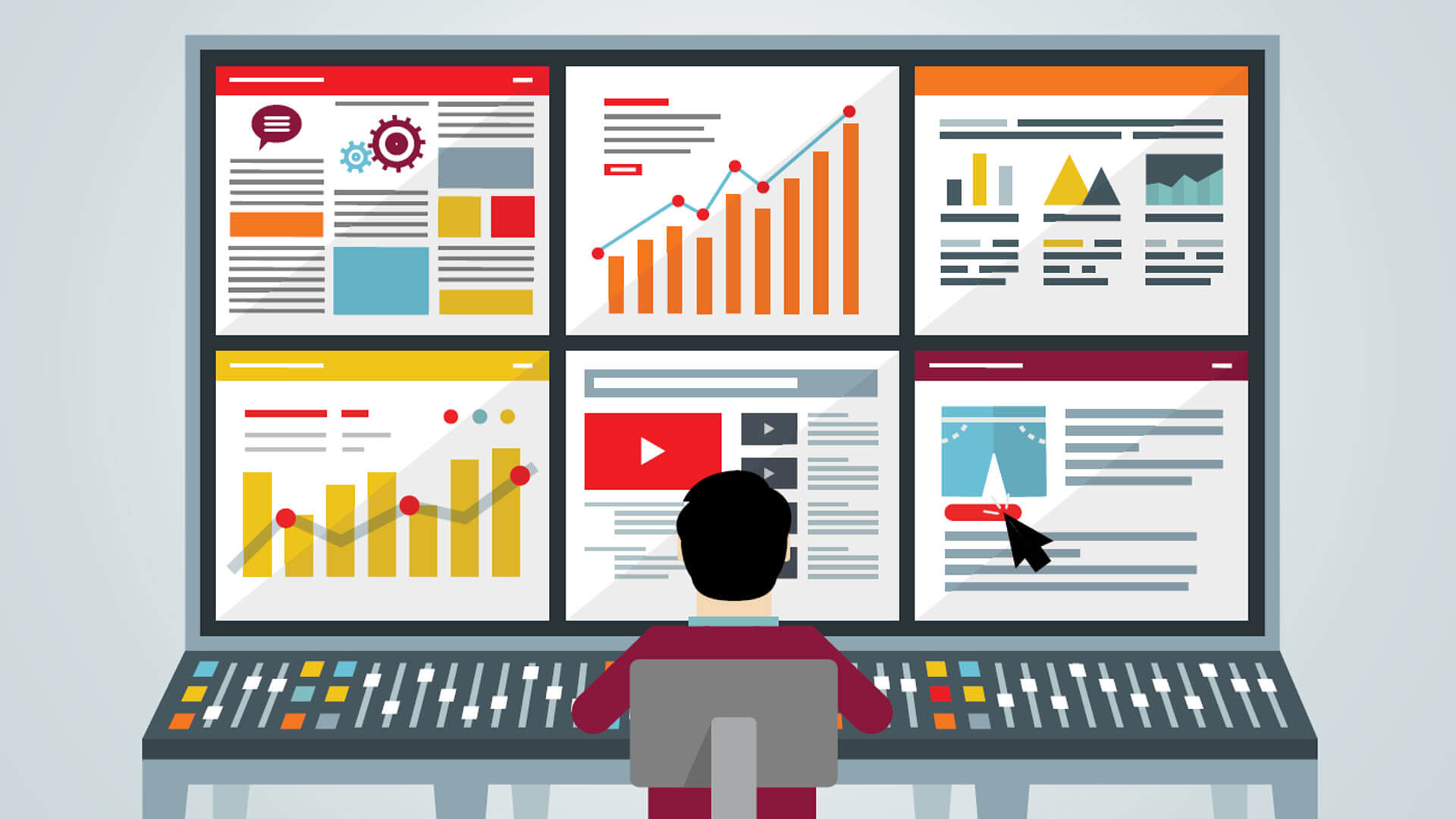
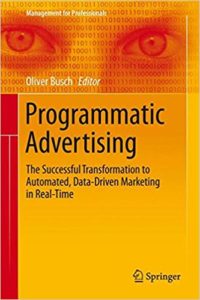
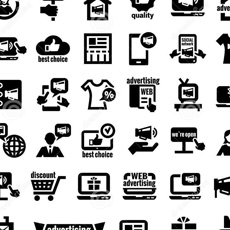
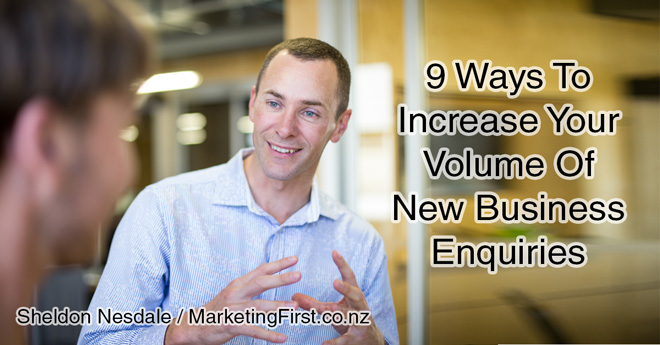
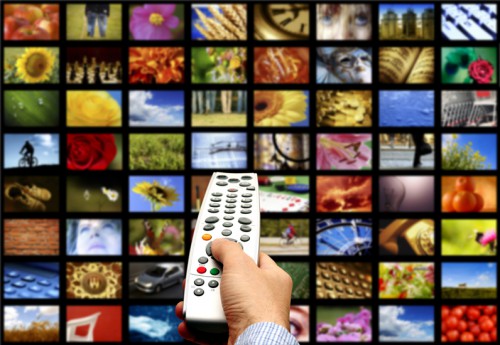

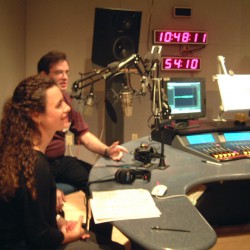 Radio interviews can be a fantastic way to spread awareness of your business to a wider audience.
Radio interviews can be a fantastic way to spread awareness of your business to a wider audience.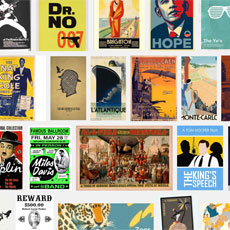 Posters can be a great form of advertising for 4 main reasons:
Posters can be a great form of advertising for 4 main reasons: